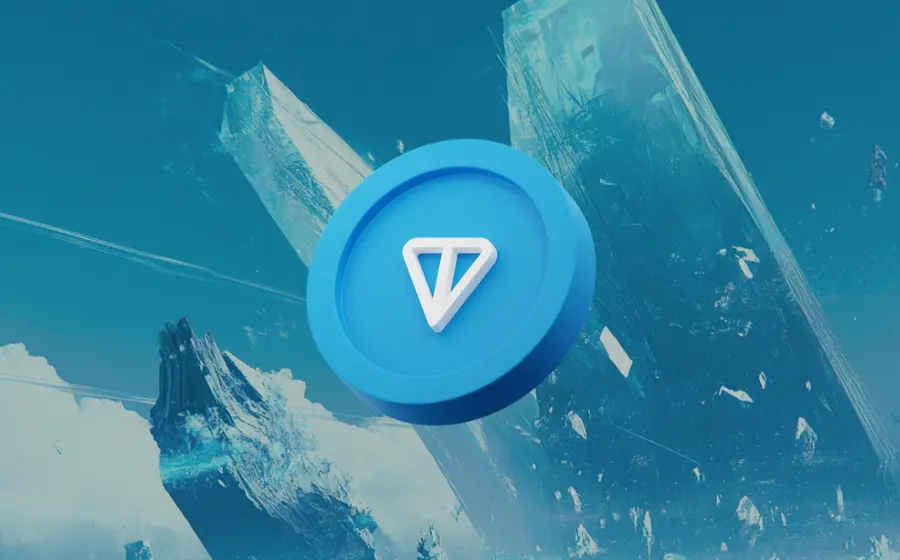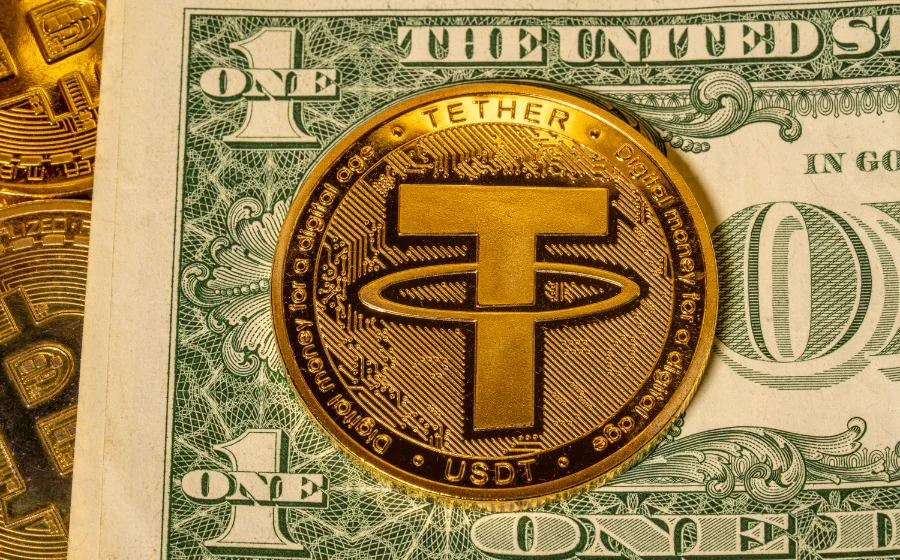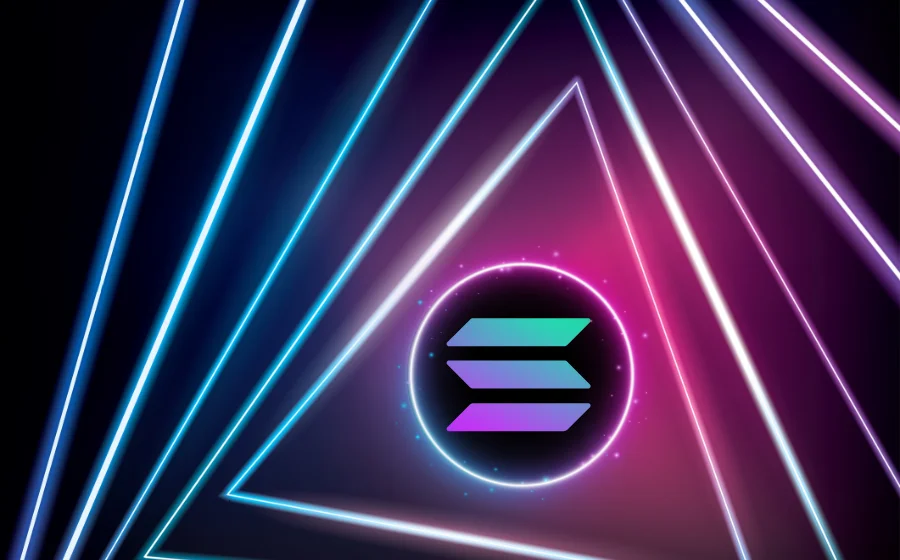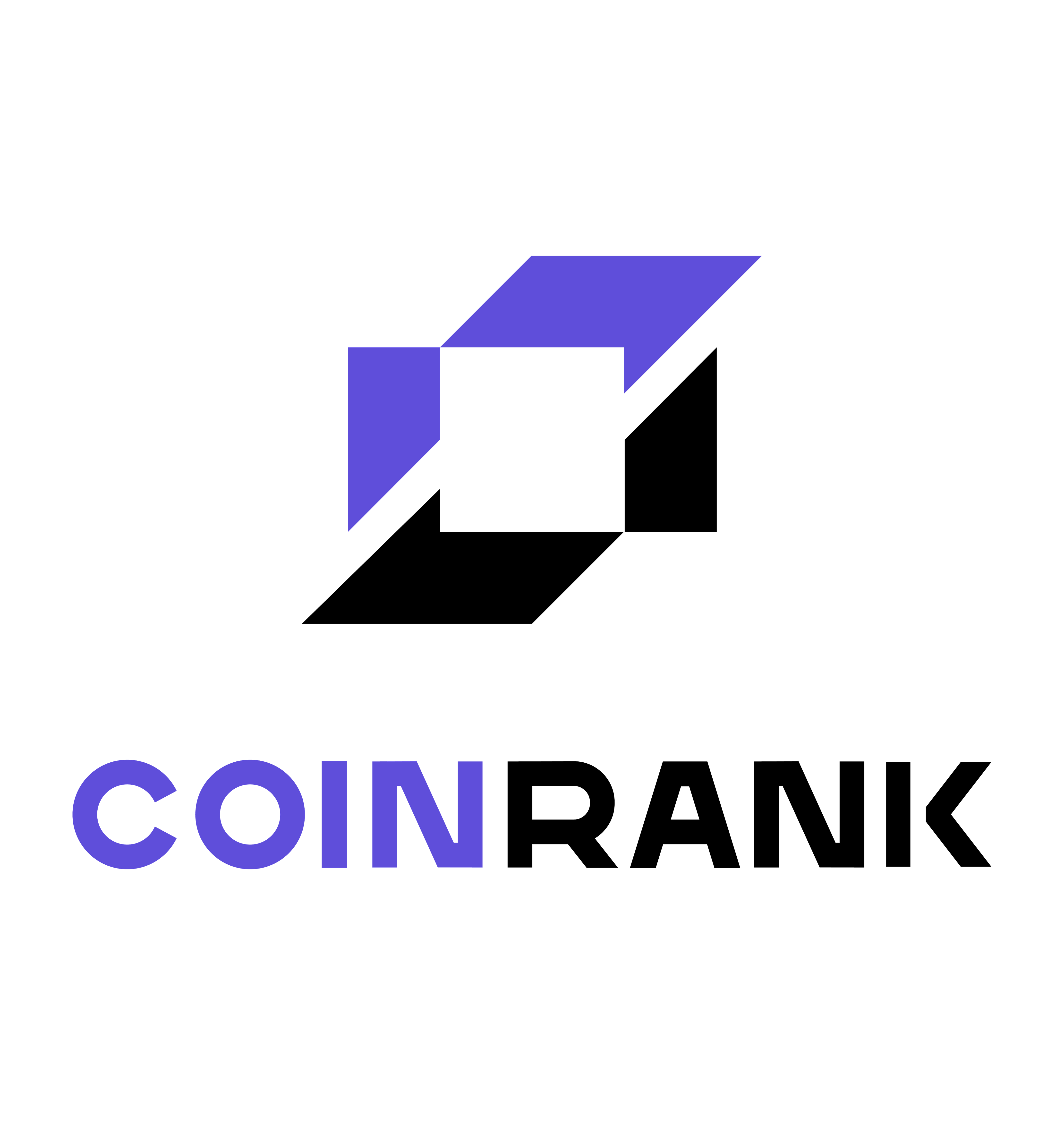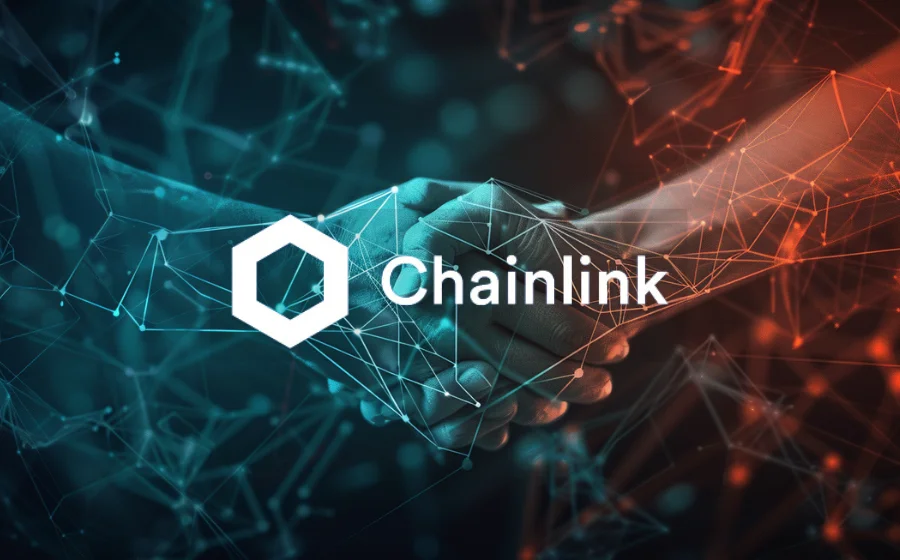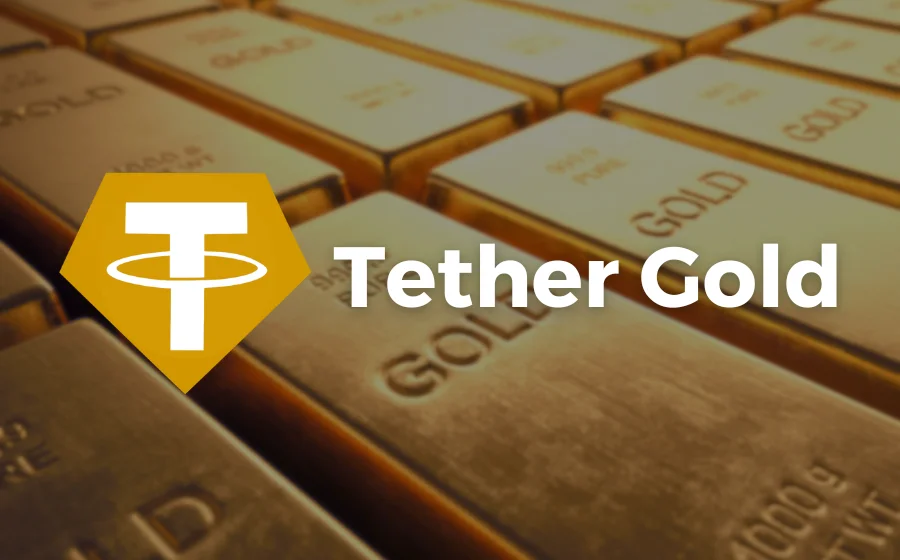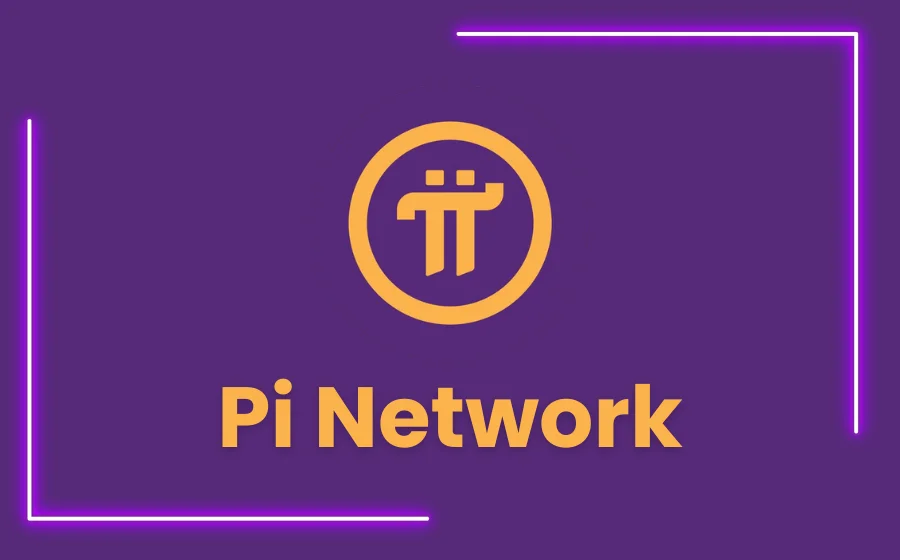
KEYTAKEAWAYS
- Mobile Mining Innovation – Pi Network allows users to mine Pi coins with a simple tap on their smartphone, making crypto more accessible.
- Decentralized Ecosystem – Pi operates without PoW, using a unique consensus mechanism, and aims to create a community-driven crypto network.
- Future Uncertainty – Pi's mainnet launch on February 20, 2025, will determine its real market value and potential adoption.

CONTENT
Pi Network is a mobile-first cryptocurrency project enabling easy mining. With its upcoming mainnet launch, its future value depends on adoption, use cases, and community-driven growth.
WHAT IS PI?
Pi (also known as Pi Coin, Pi Token, or π Coin) is a new type of cryptocurrency introduced by Pi Network.
Unlike traditional digital assets that require specialized mining hardware, Pi can be mined directly from a mobile device.
The project was developed by three Stanford University graduates and officially launched on Pi Day (March 14, 2019).
It aims to create a decentralized and user-friendly cryptocurrency network, making digital assets more accessible to the general public rather than just tech-savvy individuals or large institutions.
Pioneers, Open Network will launch at 8am UTC on February 20, 2025! With millions of KYC-verified Pioneers and a thriving utilities-driven ecosystem, Open Network expands available opportunities, which allows Pioneers to connect Pi with external systems for use in real-world… pic.twitter.com/AdpXNhpcUD
— Pi Network (@PiCoreTeam) February 11, 2025
WHAT IS PI NETWORK?
Pi Network is a blockchain-based project that focuses on “mobile mining.” Users only need to download the Pi Network app and tap a button daily to mine Pi coins.
This innovative approach eliminates the need for expensive mining rigs or high electricity consumption, making participation more inclusive and environmentally friendly.
Unlike Bitcoin and other traditional cryptocurrencies, which rely on energy-intensive proof-of-work (PoW) mechanisms, Pi Network utilizes a trust-based consensus algorithm to secure its network.
The project’s whitepaper states that its mission is to fulfill the core principles of cryptocurrency as envisioned by Bitcoin’s anonymous creator, Satoshi Nakamoto—returning financial power to the people.
📌 Key Features of Pi Network
- Mobile Mining: Unlike Bitcoin, which requires powerful hardware, Pi mining only requires users to tap a button on their phone daily, making it easy and accessible.
- Community-Driven: Pi Network is maintained by its users through a trust-based security model, ensuring decentralization and network integrity.
- Decentralized Vision: The protocol aims to foster one of the world’s most inclusive peer-to-peer (P2P) marketplaces, supported by the Pi utility token.
- Low Entry Barrier: Many cryptocurrencies have high participation costs, but Pi Network offers a sustainable and accessible protocol that allows anyone with a smartphone to engage in cryptocurrency mining.
- Blockchain-Powered: While easy to participate in, Pi Network still benefits from core blockchain advantages, including censorship resistance, permissionless transactions, user pseudonymity, and an equal financial playing field.
The ultimate goal of Pi Network is to establish a smart contract-enabled platform operated and secured by everyday users.
As the project evolves, whether Pi will become a widely adopted digital asset remains to be seen, but its approach to making cryptocurrency more accessible has already sparked significant interest worldwide.
>>> More to read: Worldcoin (WLD): “Human Verification” in Global ID Network
HOW PI COIN WORKS
The development team behind Pi has ensured that it does not rely on the often-criticized Proof of Work (PoW) consensus mechanism.
Instead, Pi Network utilizes a novel consensus model called the Federated Byzantine Agreement (FBA), which is a variation of the Stellar Consensus Protocol (SCP) used by the Stellar blockchain.
While the Stellar network relies on corporations and institutions as node validators, Pi Network’s FBA mechanism allows everyday users to secure the network using their devices while earning rewards.
This approach reduces barriers to participation, making it easier for anyone to contribute to the network’s decentralization and security.
📌 Pi Network’s Four Roles
The Pi Network framework consists of four key roles: Pioneers, Contributors, Ambassadors, and Nodes. Each role plays a crucial part in the network’s growth and security.
- Pioneer: This is the most basic role for everyday users. By simply opening the Pi Network app and tapping the “Mine” button daily, users can easily earn Pi coins.
- Contributor: Once a user has successfully invited at least three people into their Pi Network security circle, they can earn an additional 0.2 Pi per hour. To unlock this feature, a Pioneer must complete three mining cycles first.
- Ambassador: Users who invite new members using their referral code become Ambassadors. For every successful referral, they receive a 25% boost in their hourly Pi mining rate.
- Node: Available for Windows and Mac, the Pi Node application can be downloaded from the official Pi Network website.
Unlike traditional mining nodes, Pi Nodes do not require significant computational power. Once installed, users only need to toggle the node on or off.
After the Pi Network mainnet launch, these nodes will be responsible for validating blockchain transactions, allowing participants to earn additional Pi rewards.
By structuring Pi Network in this way, the project follows the principles of early blockchain networks like Bitcoin while ensuring token scarcity and preventing large concentrations of Pi coins in the hands of a few.
This decentralized approach aims to create a fair and widely distributed cryptocurrency ecosystem.
>>> More to read: What is Bitcoin Strategic Reserve & How It Works
PI REFERRAL SYSTEM
Pi Network operates on a referral system, where users can invite new members to join and, in return, increase their Pi mining rate.
As the number of invited users grows, the referrer’s mining rewards also increase, incentivizing more people to participate in the network.
🔎 Why Does Pi Network Use a Referral System?
When Pi was first launched in 2019, it was a relatively unknown cryptocurrency. To rapidly expand its user base, Pi Network implemented a referral system that rewarded early adopters for introducing Pi to others.
These early participants dedicated their time and effort to learning about Pi and sharing it with more people. As a result, they were given additional mining rewards as compensation for their contributions.
This approach not only accelerated Pi Network’s growth but also helped establish a global community-driven ecosystem.
The referral system allows Pi Network to grow organically through user-driven promotion rather than relying on traditional advertising or marketing strategies.
This design reinforces the idea of a decentralized, community-powered network.
>>> More to read: What is Stellar (XLM) | How Does It Work?
FUTURE DEVELOPMENT OF PI
🔎 Can Pi Be Traded?
Mining Pi sounds promising, but can it be traded on the market? What is its price? As of now, Pi has no actual market value, as it has not yet been officially listed.
According to the latest updates, Pi Network is set to launch its mainnet on February 20, 2025, at 8:00 AM UTC, at which point users will be able to see Pi’s official market price.
🔎 Is Pi a Scam?
As Pi gains popularity, discussions about whether it is a scam have also increased—especially since the project has been running for years without launching its mainnet.
Currently, there is no definitive answer. Opinions vary across media and social platforms. However, Pi Network differs from typical scam projects in several ways.
It does not ask users for money, does not sell Pi tokens, and does not require credit card or banking details during registration.
Instead, users simply need to log in daily and tap the mining button to earn Pi, making it more accessible than traditional crypto mining.
Additionally, Pi Network‘s KYC (Know Your Customer) process is conducted through external, trusted identity verification providers, meaning Pi Network itself does not collect or store sensitive user information—reducing potential fraud risks.
Historically, Bitcoin also faced skepticism in its early days, as its value was initially based purely on community consensus rather than direct market pricing.
Similarly, Pi’s future value will depend on its adoption, real-world applications, and market demand after the mainnet launch.
✅ Conclusion
Pi Network is still in development, and its success will depend on its adoption post-mainnet launch.
As with any emerging technology, stay informed and assess risks carefully.
>>> More to read: Bitcoin vs. Gold: Which is the Better Investment?

